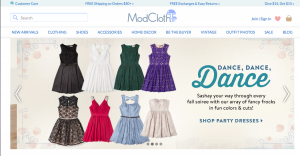Two years ago, the convenience store chain 7-Eleven had no data warehouse, no smartphone app for its customers, and had a loyalty program that still used paper punch cards. Since then it has built the beginnings of a digital customer engagement program. At the recent Teradata Partners conference in Nashville this week, they described how they did it.
All it took was finding the right VAR and spending some significant cash.
Well, not quite. As you can imagine, there was a lot more involved, given that the company has over 10,000 franchisees throughout the US and thousands more overseas. They first set some important goals:
- Develop actionable insights into what their customers bought, when, and why. “Prior to this program, we had none of this information,” said Robert McClarin, the senior CRM manager for 7-Eleven Inc. and one of the presenters at the conference session where they described what they did. “We knew we had a tremendous gap in our knowledge.”
- Develop an initial IT infrastructure that could handle several elements of a total customer engagement platform. While they began with a loyalty program, they wanted something that was extensible for years to come, including a rich data warehouse that is constantly being updated from their point-of-sale system in all their retail stores.
- Dramatically increase incremental purchases and customer visits. They wanted to build a program that would attract five million members during its first year. They also wanted to justify the expense of the program – which was considerable and in the multiple millions of dollars – with the additional in-store revenues generated, when measured with year-over-year same store sales.
- Establish a personal relationship with each guest that would be natural and seamless. “If you want to be closer to your customers, you have to be on their smartphones,” said McClarin. More than two thirds of their customers carry smartphones currently, according to store surveys. They also wanted to leapfrog some of their competitors who built early smartphone apps.
Then they put together a three-step program and issued requests for proposals to find the right VAR. They humorously called the three steps “crawl, walk and run.” After getting numerous RFPs, they settled on Brierley+Partners. That company was selected in a recent Forrester Wave report as one of the leaders in the loyalty CRM space. The company is also a Teradata VAR and used several modules for the project. Brierley’s office is located near the 7-Eleven headquarters in Dallas and worked closely with the chain’s CRM and IT staffers to build the first data warehouse and develop the initial smartphone app.
Speaking of which, they spent time to make their smartphone app engaging and yet simple to use. Along with digital coupons, the app contains features such as a store locator function and a feedback area where customers can suggest new features. The user interface is clear and clean, which also helps boost usage.
Their first foray was to come up with a coffee loyalty program that offered everyone a seventh cup free. The program coincides with a celebration marking 50 years where the chain served up the first ever to-go coffee cups. Since they, 7-Eleven has built quite a business out of selling a lot of coffee – more than a millions cups daily worldwide. Prior to the digital program, as I said earlier 7-Eleven stores used a paper punch card to keep track of these purchases. “Our franchisees were asking us to replace this with a digital program, and so they were very much on board with our program,” said McClarin.
So far the program is very successful: more than 3.2 million customers are part of the program, which is close to target for their goal., since 2,500 customers are joining daily. Year-over-year coffee sales are up for the program participants and the stores that they shop at, and they have given away more than 52,000 cups of free coffee since the program began in March 2014. One good outcome: the program has had no impact on the checkout experience. McClarin said that so far they have made it easier for customers to checkout, even though payments are not part of their app – unlike competitor Starbucks who was one of the first to offer this.
They also have seen a shift in sales to higher profit margin items for program members, and members who are shopping more days per week too. The program offers customized coupons for each customer based on their shopping patterns and is localized for each store too, which increases the feeling that the program is personalized just for that customer. For example, “a coupon could offer a discount on coffee in the early morning hours, fresh food around lunch time, and another discount for DVD rentals at the in-store RedBox video kiosk,” said McLarin.

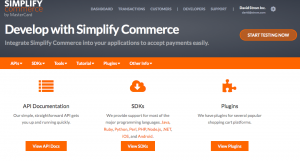
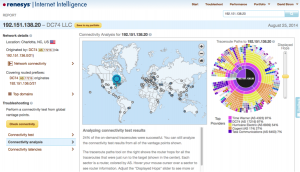
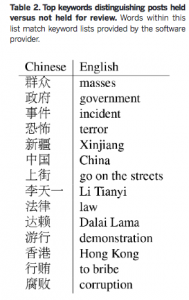

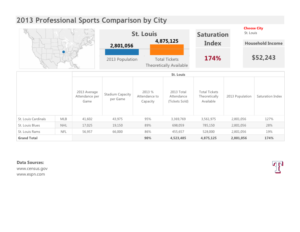
 Can a single spreadsheet mistake in one cell add up to millions of dollars, a fired CEO, and other calamities? Sadly, yes. These and other tales of woe are
Can a single spreadsheet mistake in one cell add up to millions of dollars, a fired CEO, and other calamities? Sadly, yes. These and other tales of woe are 